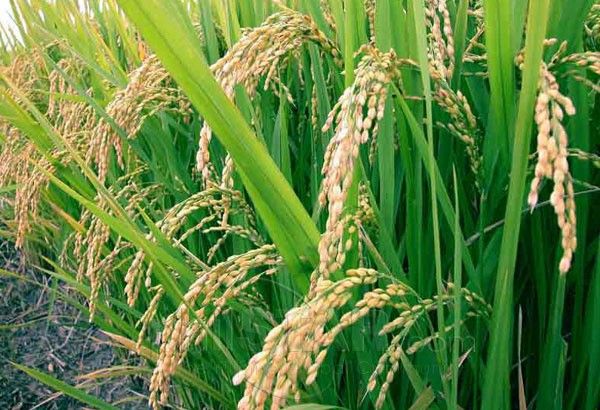35% import tariff better than QR on rice, says PIDS

MANILA, Philippines - Replacing the quantitative restriction (QR) on rice with a 35 percent tariff on imports would lower palay (unmilled rice) prices by as much as P5 per kilogram and rice retail prices by around P7 per kilogram, a new study by the Philippine Institute of Development Studies (PIDS) said.
The study said opening the Philippine rice market to more imports would double the baseline importation level of 2.2. million tons to around 4.4 million tons in the succeeding years from the expiration of the QR in the middle part of 2017. This is because domestic output is still insufficient to meet domestic demand.
Specifically, palay prices are expected to fall by P4.56 per kilogram while rice retail prices are seen to fall by P6.97 per kilogram.
“Tariffication of the Philippine rice sector by 2017 is inevitable. Since our analysis suggests massive fall in domestic prices, it is imperative to provide farmers a measure for income support,” PIDS said.
The extended QR, which would lapse in June 2017, is meant to protect the livelihood of Filipino rice farmers while they are strengthening their production capability. This extension was borne out of two years of negotiation with the World Trade Organization (WTO) and various member countries under the Aquino administration.
Through the QR, the Philippines imposes a high tariff of 35 percent on imported rice, the volume of which has been restricted to 805, 200 metric tons (MT). Importing outside the QR is even more expensive as inbound shipments would be levied a duty of 40 to 50 percent.
To fill the supply gap, the National Food Authority (NFA) imports rice through tenders and intervenes in the market by selling the staple at a cheaper price.
The Philippines would not be going for another extension of the QR as the government is finally recognizing the need to reallocate the significant resources spent on rice production to other means of reviving the agricultural sector such as crop diversification.
To blunt the immediate effects of the removal of the special tax treatment on the staple on farmers’ incomes, PIDS is recommending the institution of a compensatory payment scheme for farmers, a direct cash transfer program similar to the conditional cash transfer (CCT) scheme.
This is proposed to be implemented over and above the existing production support provided by pertinent government agencies to enable them to transition to a more open trade environment.
Using a so-called Total Welfare Impact Stimulator (TWIST), PIDS said the government can afford to carry out compensatory transfers to rice farmers of as much as P19,000 per year at stable world market prices and P17,000 per year at 20 percent increase in world market prices.
“Assessment shows that the compensatory transfer scheme can operate at a feasible cost, with 35 percent tariff rate applied,” said PIDS. “It should be reiterated that the compensatory scheme aims not to displace existing programs, but as a supplementary measure to be financed from rice tariff revenues,” said PIDS, noting that compensatory payments can be received simultaneously with the CCT.
Imposing a 35 percent tariff on rice imports, would enable the government to collect between P17 billion to P18 billion annually.
“Hence, earmarking the rice tariff revenue to pay for the compensation scheme is a feasible funding strategy. Residual money from the tariff revenues could be used for other product-enhancement measures for rice farmers,” said PIDS.
The National Economic and Development Authority (NEDA) sees the removal of the QR as a major strategy in bringing down the country’s poverty incidence to between 13 to 15 percent by the end of the Duterte administration in 2022.
Imposing a competitive tariff on rice imports would lower the cost of the staple that eats up 20 percent of the budget of the poor. At the same time, it would enable the agriculture sector to transition to the production of more high value crops.
There is already consensus in the economic cluster in the Duterte cabinet to remove the QR but the Department of Agriculture is still firmly against it.
- Latest
- Trending




























